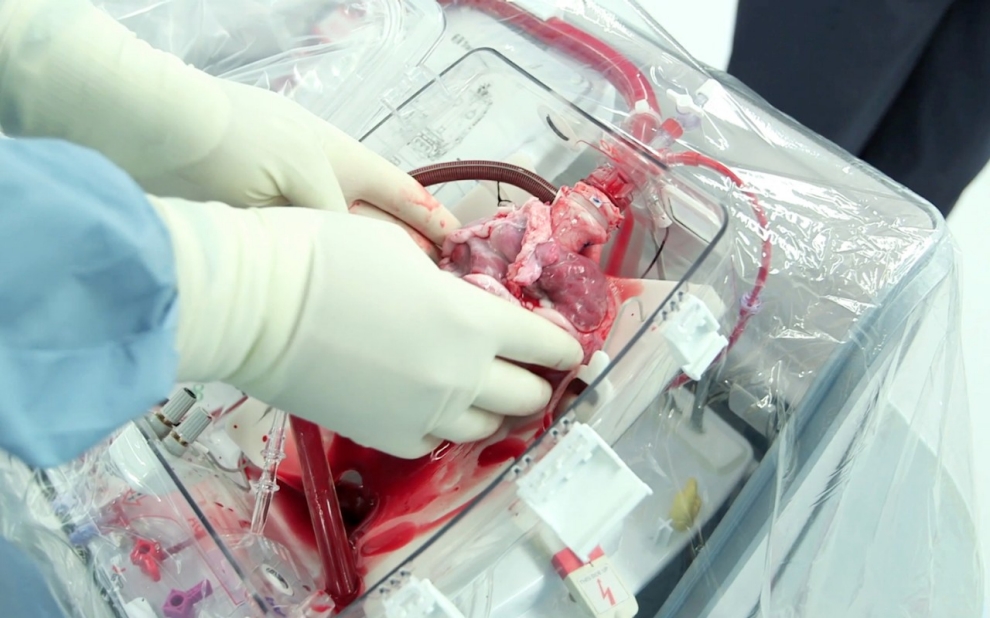A new device that can preserve hearts of the brain dead might help people in need of a transplant. However, the technology is raising ethical questions among some doctors regarding declaring a patient dead.
Designed by the Massachusetts-based company called Transmedics, the technology seeks to keep hearts working after the donor’s death by supplying the heart with oxygen, blood and nutrients until it can be surgically implanted in another person, says an article in ‘The Verge’. While it is still awaiting the green light from regulators in the United States, the ‘heart-in-a-box’ has been used successfully in 15 heart transplants in the UK and Australia.
The device presents a novel solution for preparing hearts for transplantation, which typically only come from donor patients who have been declared brain dead. In most cases, once death is declared, the heart is cooled down while still inside the body before it is stopped, detached and transported at about 39 degrees Farenheit, according to the MIT Technology Review. Cold temperatures slow down the heart’s metabolism, giving doctors time to transfer it to a recipient before its cells start breaking down.
“A human organ has never been kept alive outside of a human body until this machine became a clinical reality,” Dr. Abbas Ardehali, the Iranian head of UCLA’s heart and lung transplant program, told Al-Jazeera. “It makes intuitive sense to a layperson to say, ‘Instead of having my heart on ice, I want it to be warm. I want it to be beating.’”
A heart can only last for a short while without a strong supply of blood and oxygen to keep it pumping. Most doctors avoid using hearts from donors who have died from a lack of blood flow because the organ is usually too damaged to be transplanted in another person. Even so, the time frame to transplant a heart is only about five to six hours from the time of the donor’s death: only two hearts in 10 survive long enough on ice to be successfully transplanted.
With the new device, hearts can be resuscitated and kept beating shortly after the moment of death. Additionally, keeping the heart warm and functioning could give doctors more time to transplant it, potentially increasing the number of eligible hearts by 15-30%.
“Cold is the old thing, and warm is the new thing,” Korkut Uygun, a transplant surgeon at Massachusetts General Hospital says. “Warm is the way to go with metabolically active tissue.”
However, the devices are expensive, costing about $250,000 each. And for some doctors, the prospect of reviving a dead heart brings serious ethical questions for determining when a heart should be saved in this manner.
While the “heart-in-a-box” will likely raise questions about when a person should be declared dead, Robert Truog, a medical ethicist at Harvard University said it is ultimately up to the donor and their families to decide what should happen with their heart.


